Last updated on February 8th, 2020 at 11:33 am
The wild strawberry is a small plant in the rose family that grows in woodland clearings and meadows, along roadways, and possibly in your own backyard. Although often regarded as a weed, this easy grower can make attractive ground cover yielding a plentiful crop of small, sweet strawberries.
Appearance:
Fragaria virginiana/vesca is a small plant, three to five inches tall, that propagates from runners. Seeds from the fruit are also distributed by birds and animals.
The light to medium-green, toothy-edged leaves grow in groups of three, on single stems, in early spring.
Clusters of white flowers each have yellow centers and five petals. They growing on a stem that may rise above the main leaves but can also bloom and fruit just below the leaves.
Basically, the wild strawberry looks similar to its domesticated counterpart but on a smaller scale.
Propagation:
The easiest way to cultivate wild strawberries is to dig some up from an established patch then transplant to the desired location.
Push a hand trowel around each plant, about three or four inches from the main growth, and gently pry up the root ball. Immediately place the plant in a pot or bag and water the soil. Plant as soon as possible, either in pots or, if it’s early enough in the season, in a permanent location. Keep evenly moist until new growth appears.
Cultivation:
Wild strawberries can be grown in strawberry pots, planters or window boxes, but probably do best in the ground. In fact, wild strawberries make excellent spring to mid-summer ground cover in certain spots, spreading quickly by runners. After fruiting, however, the plants begin to go dormant and you can’t expect substantial growth until the following spring.
Plant wild strawberries in full or partial sun conditions, in soil that retains moisture but can also go partly dry. Wild strawberries grow naturally in soil mixed with gravel or sand (such as road sides), but also thrive in clay soil amended with composted manure.
Harvest:
Although wild strawberries are small, their intense flavor makes for a wonderful wayside treat on late-spring to early summer trail hikes.
At this time, you can also harvest sufficient berries from a large patch to make delicious strawberry jam and preserves.
If you can’t find enough strawberries to make into jam, freeze them and add them a little later to wild raspberries or blackberries for what my neighbor calls her annual jars of “free berry” jam. Love!
See Small Batch Microwave Jams for some super easy, delicious jam recipes calling for only two to three cups of berries.
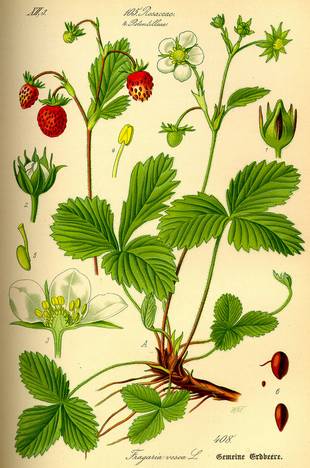
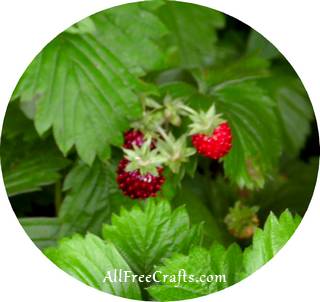
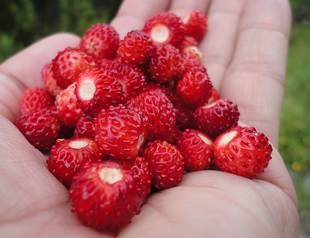


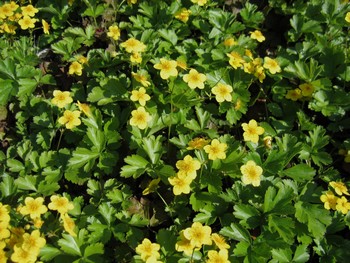
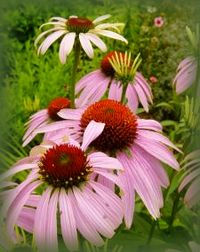
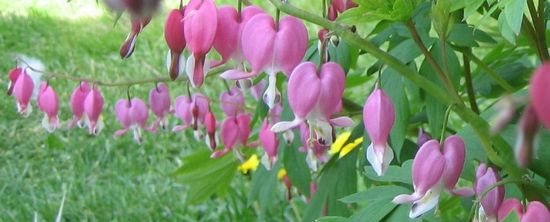
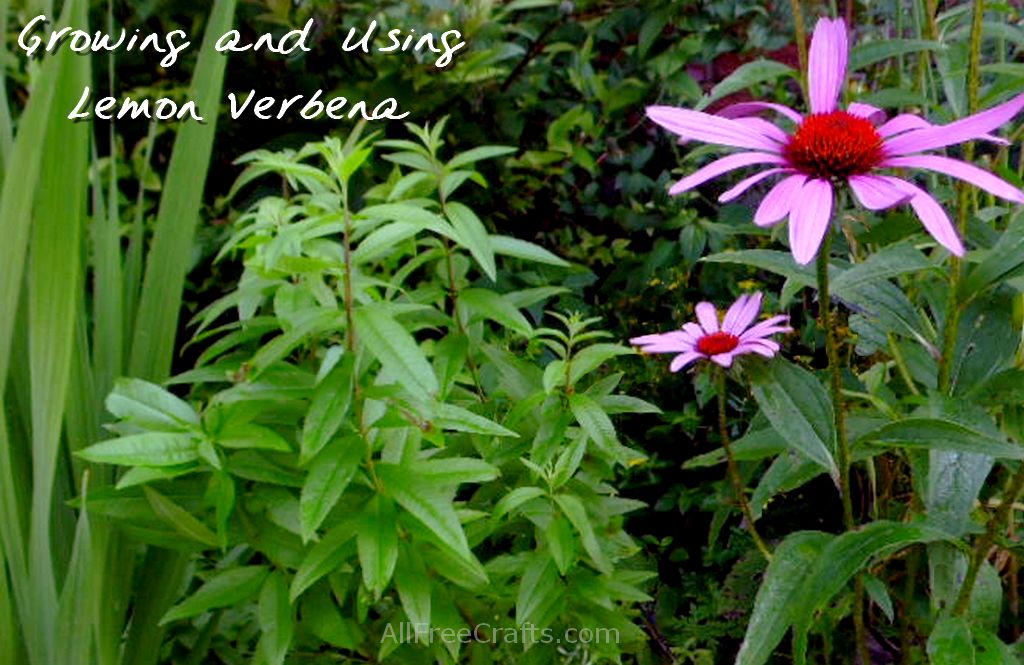
Leave a Reply